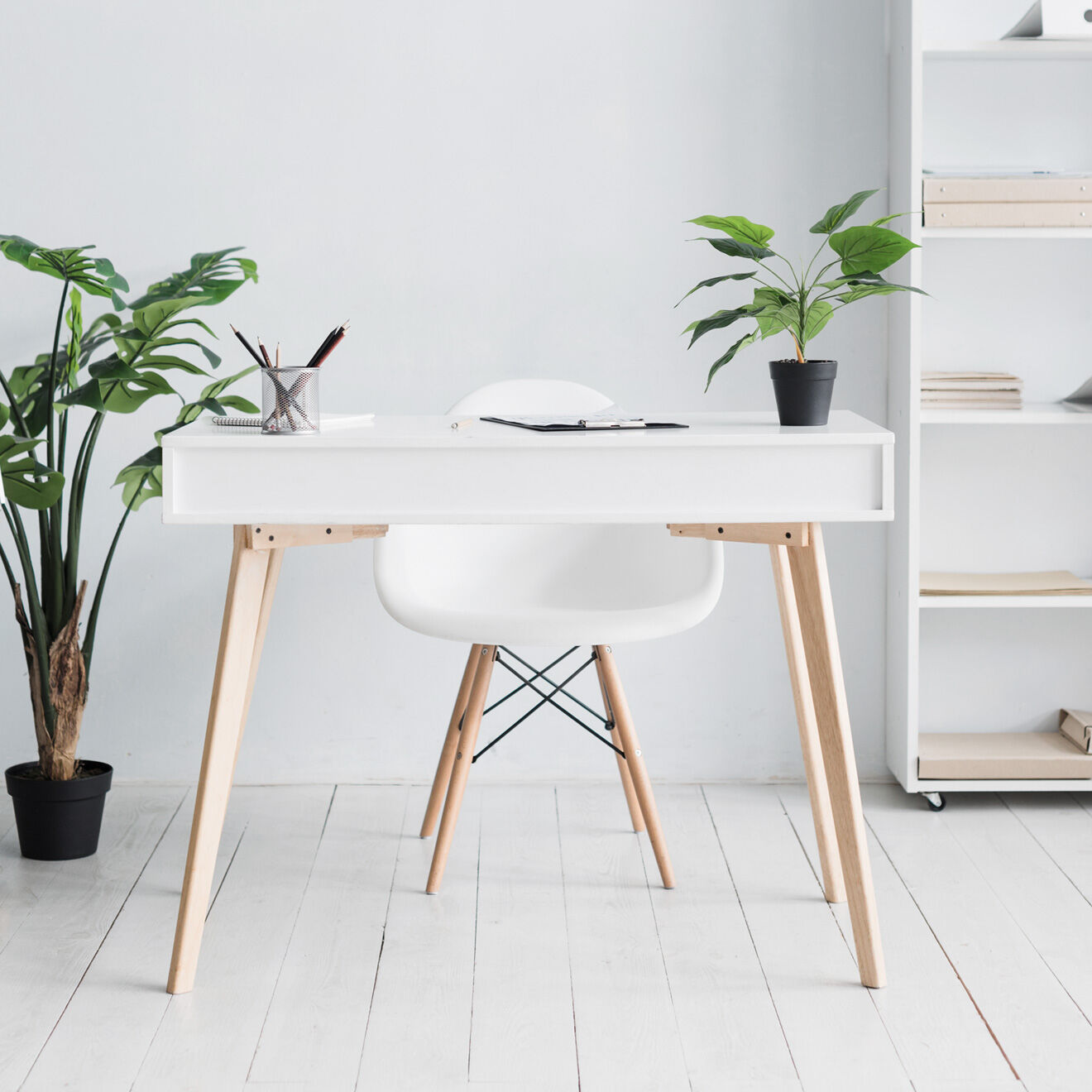The world of tiles is vast and varied, brimming with a myriad of colors, textures, and materials. Choosing the right ones can make the difference between a space that’s merely functional and one that’s truly beautiful. But how does one navigate this plethora of choices? How do you ensure that you’re investing in tiles that not only look good but also stand the test of time?
This blog post is your compass in this sea of choices, your trusted guide to the world of tiles. We’ll delve into the nuances of tile quality, explore the various types of tiles available, and equip you with the knowledge you need to make an informed choice. So, whether you’re a first-time homeowner embarking on a decorating journey or a seasoned renovator looking for a fresh perspective, this guide is for you.
So, come along, and let’s embark on this journey of discovery together, as we unravel the art of choosing the perfect tiles for your dream space.
Understand the Basics Of Tiles
Before diving into the nuances of quality, it’s crucial to understand the different types of tiles available. From ceramics and porcelain to natural stone, each tile type brings its unique charm and characteristics to the table. Additionally, the tile industry uses a grading system to rate the quality of tiles, which is vital to understand when making your selection.
How to Select Good Quality Tiles
- Recognizing Tile Hardness:
Tile hardness refers to its resistance to wear or scratching. The Mohs scale, ranging from 1 (softest) to 10 (hardest), is a common way to measure this. Always consider the hardness rating, especially for high-traffic areas where durability is key.
- Understanding Water Absorption:
Tiles with low water absorption rates are less likely to crack due to freeze and thaw cycles. This is particularly crucial when choosing tiles for bathrooms or outdoor areas.
- Considering the PEI Rating:
The Porcelain Enamel Institute (PEI) rating denotes the tile’s ability to resist abrasion. A higher PEI rating indicates greater durability, making it suitable for areas with heavy foot traffic.
- Appreciating Natural Stone Lookalikes:
Tiles that mimic natural stone offer a balance of beauty and practicality. They recreate the aesthetic of stone without the maintenance hassle, making them a popular choice among homeowners.
- Exploring Printed Floor Tiles:
Printed tiles for the floor, with their variety of patterns and designs, can add a unique touch to your space. High-quality printed tiles ensure the design does not fade over time.
A Deep Dive into Marble, Granite, and Natural Stone Tiles
- Marveling at Marble: Marble tiles exude an air of elegance and luxury. However, they require regular sealing to prevent staining. When choosing marble, look for tiles with minimal veining as they tend to be more durable.
- Getting Granular with Granite: Granite is renowned for its durability and resistance to scratches. A top-quality granite tile will have a uniform color and pattern. However, like marble tiles, granite requires sealing to protect against stains.
- Nailing Natural Stone Tiles: Natural stone tiles, such as slate, travertine tiles, or limestone tiles, offer a unique, rustic look. As these tiles are naturally porous, they need regular sealing. Always choose stone tiles with a high density for better durability.
Exploring Printed Tiles In Australia
Australia has been a front-runner in the printed tiles industry, delivering striking designs and superior quality. Whether it’s vibrant patterns inspired by the rich Aussie fauna or understated designs mimicking the calm coastal vibes, Australian printed tiles can be a fantastic choice for anyone looking to infuse character into their space.
How to Merge Quality and Design
- Quality Meets Aesthetics: Quality and design are two sides of the same coin. A visually pleasing tile that lacks durability serves little purpose. Similarly, a durable tile with a bland design may not enhance your space’s aesthetic appeal. Therefore, it’s essential to find a balance between the two.
- Design According to Need: Different areas in your home may require different types of tiles. For instance, a bathroom might need non-slip tiles, while a living room might benefit from printed tiles to add a pop of color and pattern.
- Matching Tiles with Decor: The tile design should complement the overall decor of your room. Choose a tile that fits in with your color scheme, furniture, and accessories.
- Experimenting with Tiles: Don’t be afraid to experiment with different tile designs, sizes, and patterns. Mixing and matching tiles can create a unique look that reflects your personal style.
Conclusion
Choosing the right tile involves more than just selecting a design that catches your eye. It’s about understanding the tile’s quality, how its features align with your needs, and how it fits into the larger picture of your decor. It’s about making a choice that marries functionality and aesthetics, a choice that you’ll be happy with for years to come.
So, the next time you find yourself in the tile aisle, take a moment to consider all these factors. And remember, choosing the perfect tile isn’t just about making a purchase; it’s about making a statement. We would love to hear about your tile selection journey. Share your experiences with us or reach out for more personalized advice.
This marks the end of your journey toward discovering excellence in tiles. We hope this guide has equipped you with all the knowledge you need to select the best-quality tiles. Happy tiling!
FAQs
What is the best quality tile material?
The best quality tile material depends on the specific use case. Porcelain is generally regarded as the highest quality due to its durability and water resistance, but marble offers a luxurious aesthetic, and ceramic and glass tiles can also be excellent choices in the right contexts.
What grade of tile is the best?
Grade 1 tiles, also known as Standard-Grade tiles, are considered the best. They are suitable for floors and walls in any area, as they are of the highest quality and have the fewest imperfections.
What is the checklist for tile selection?
The checklist for tile selection should include: determining the tile’s intended location and use, assessing the durability and water resistance needed, choosing a material that fits these criteria, considering the size and color that best suits the aesthetic of the room, and checking the tile grade to ensure quality.
Which tile is strongest?
Porcelain tiles are generally considered the strongest due to their dense, hard nature and resistance to wear and tear. They are made from refined clay and fired at high temperatures, resulting in a durable and non-porous tile.
Which are better, vitrified or ceramic tiles?
Vitrified tiles are often considered better than ceramic tiles due to their low porosity and high durability. However, ceramic tiles can be a more cost-effective option and are still a good choice for areas with less foot traffic or moisture exposure. The choice between the two should depend on your specific needs and budget.



